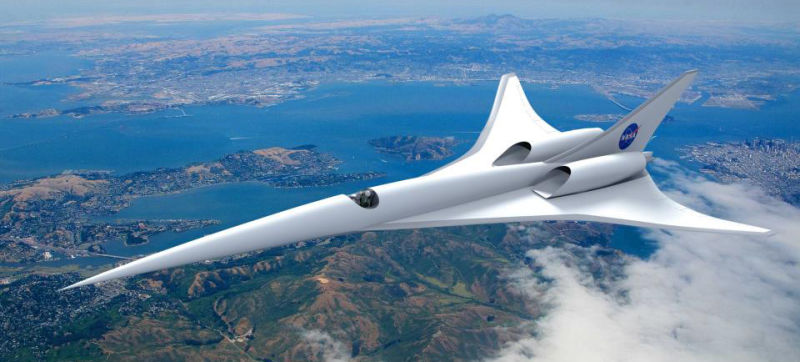New ceramic coating could have hypersonic applications
A new type of ceramic coating developed at the University of Manchester has the potential to “revolutionise” hypersonic flight, according to its creators.

(Credit: University of Manchester)
Hypersonic flight – defined as Mach five or above – would see aircraft subjected to external temperatures between 2,000 and 3,000°C, leading to structural challenges caused by oxidation and ablation. Amongst other materials, current spacecraft and missiles rely on ultra-high temperature ceramics (UHTCs) to combat high temperatures. However, according to Manchester University, conventional UHTCs can’t currently satisfy the associated ablation requirements of hypersonic flight.
“At present one of the biggest challenges is how to protect critical components such as leading edges, combustors and nose tips so that they survive the severe oxidation and extreme scouring of heat fluxes such temperatures cause to excess during flight,” said Philip Withers, Regius Professor at Manchester University.
Working in collaboration with Central South University (CSU), China, and the Royce Institute, Withers and his colleagues developed a carbide coating that performs 12 times better than Zirconium carbide (ZrC), a widely used UHTC often found in tool bits.
Register now to continue reading
Thanks for visiting The Engineer. You’ve now reached your monthly limit of news stories. Register for free to unlock unlimited access to all of our news coverage, as well as premium content including opinion, in-depth features and special reports.
Benefits of registering
-
In-depth insights and coverage of key emerging trends
-
Unrestricted access to special reports throughout the year
-
Daily technology news delivered straight to your inbox










Water Sector Talent Exodus Could Cripple The Sector
Maybe if things are essential for the running of a country and we want to pay a fair price we should be running these utilities on a not for profit...